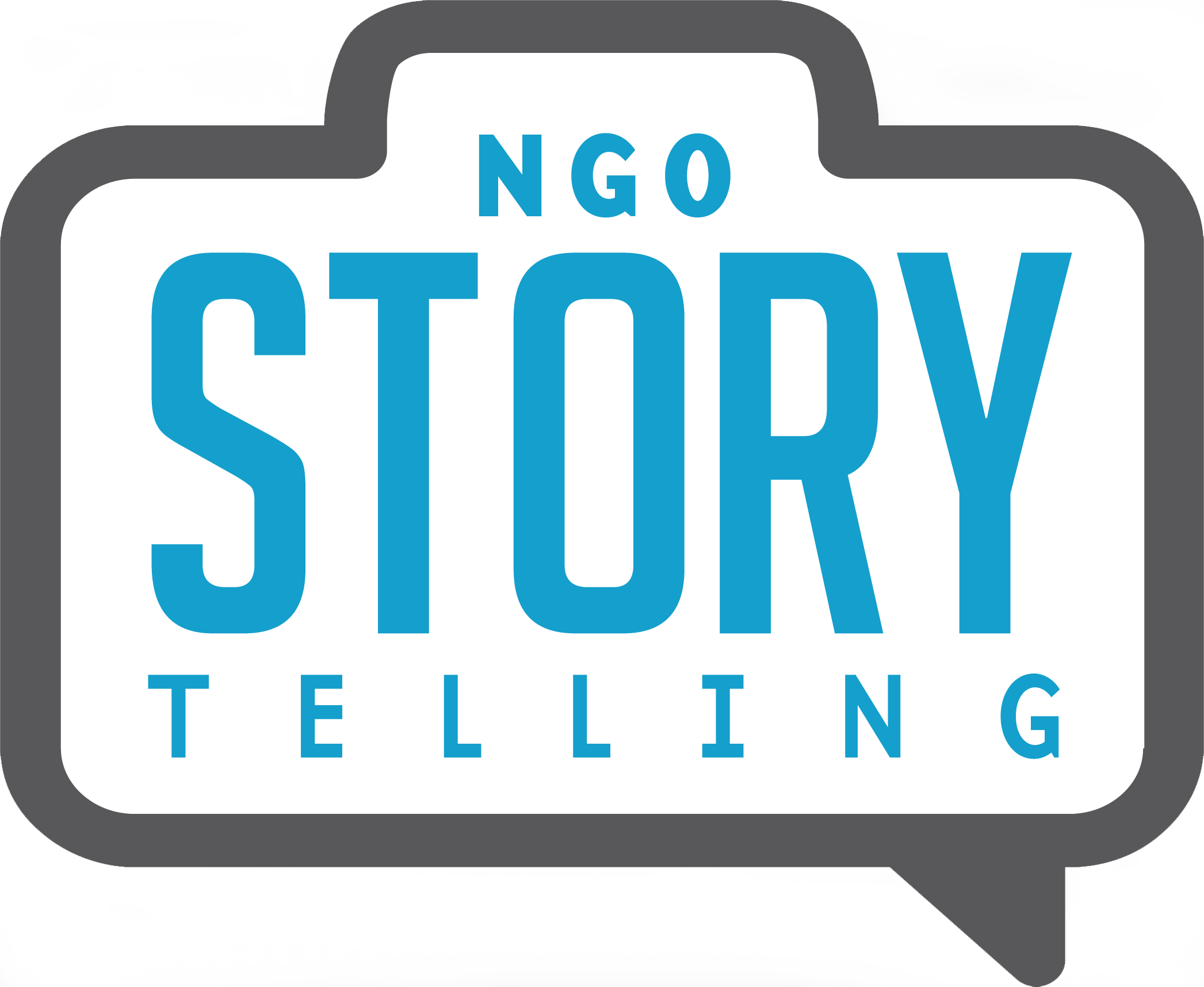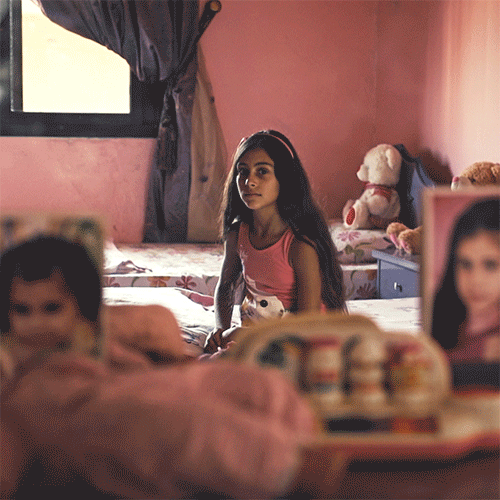Real Nonprofit Stories: ICRC's Syria Street
Malak Jaafar is the Digital Content Manager at the ICRC in Lebanon. She has been working with the ICRC’s Communications Department since 2014. She is based in Beirut.
We recently saw your multimedia story called "Syria Street" and we were really impressed by your innovative use of design, audio, visuals and words. Who came up with this idea and why?
Our head of digital content Ariel Rubin saw Syria Street’s director Brandon Tauszik’s project Tapered Throne and wanted to create something similar for the ICRC. The idea was to tell the stories of vulnerable communities in an immersive and authentic way that shows the humanity of their experience. The ICRC has unique access to some of the most remote areas and communities across the 80 countries we work in. We checked several possible locations before coming across Syria Street. The area appealed to everyone due to its name and the nature of the conflict that took place there: a local issue with regional - even global - dimensions.
How did you convince the ICRC to do something that looks completely different from other nonprofit media stories?
ICRC is really open to trying to figure out new and compelling ways to showcase the work we do around the world. The organization took a chance on Syria Street and saw the results and how far Syria Street traveled - and is still traveling - among local, regional and international audiences, they understand the importance of investing in such projects and stepping outside the box.
What kind of media coverage did you get with this, and how much of that would you attribute to the unique (for NGOs) storytelling method? Can you share any links for media hits they got in English and other languages?
Our media coverage runs the gamut from Al Jazeera and Vice, international publications like La Mono, Le Monde, and Huff Post Arabic, to Lebanese and American bloggers, and storytelling and photo sites like Storybench and FeatureShoot.
I don't want to say that it's only because of the unique way we told the story that we got this coverage but without it, coverage like this would've been impossible. The story in Tripoli was not a "newsy" one at the time, but by applying a different lens to it, we were able to drum up serious interest, both in the aesthetics of the piece as well as the humanitarian and socio-political situation of the place.
Here are a few links to the media coverage we got for Syria Street:
GIFs Capture Syria's Neighbors Surviving the Civil War
Trump, the Mosul Atrocity, and a GIF That Says it All
Looking to the Future on Syria Street
Animated GIFS tell a Story of War and Hope on ‘Syria Street
How much freedom did the production team have to collect the stories?
The ICRC has been present and working in the two communities divided by Syria Street, Bab el-Tebbaneh and Jabal Mohsen, since the clashes erupted, so we are very well known and accepted by both communities. This gave us a lot of freedom when working on the field and access to most locations. The only restrictions were due to security concerns by the Lebanese Army but besides that the entire team had the freedom to work comfortably.
How was the photographer involved in the story collection process? Did he advise the organization on what stories would work best for this specific media? Did he have the flexibility to seek out additional stories while on the ground? When we were still shaping the project we decided to pick 3-4 stories from each neighborhood alongside Syria Street, so we agreed that an equal number of voices need to be heard from both Jabal Mohsen and Bab el-Tebbaneh.
Brandon (the photographer) explained how a GIF shoot works. We needed people who were patient and willing to "pose" for the GIF for some time. We had the flexibility to seek out more stories on the ground. We hadn't planned on shooting with the volunteers at the NGO Ruwwad but when we saw them working, we did so on the spot.
How did you select the stories you used and how many stories did you leave out in the final edit?
We spoke to families living on both sides of Syria Street, from Jabal Mohsen and Bab el-Tebbaneh, who have been involved in the ICRC’s projects in Tripoli in the past three years. We wanted families who were familiar with the ICRC and our work so that they would be comfortable opening up and speaking in front of the camera.
We created 7 full profiles (GIFs plus quotes) and photographed an additional 7 just for GIFs. We didn’t leave any story out of the final media piece and included some interviews with people we hadn’t planned on speaking to, like Abbas the shopkeeper and the volunteers at the local NGO, Ruwwad.
What did you hope to achieve with "Syria Street" and have you met that goal? We wanted to tell the stories of the people living along both sides of Syria Street. They aren’t stock characters in a television show; they are real people with hopes and dreams for a better future. We wanted to produce a piece that was told in their voices.
The best feedback was from the residents of Syria Street themselves. After we launched the site we visited them and the people who had seen the GIFs - young and old - gathered around us just to tell us how much they loved it. Many told us that for the first time they felt their voice was truly heard. But we received a lot of feedback from people - even in Lebanon - saying they didn’t know this conflict had taken place and stretched out for such a long period. Syria Street resonated among audiences in Lebanon, the region, internationally, and even spread beyond the three languages we had produced it in (Arabic, English and French). It was translated to Spanish, Hebrew and even Korean. We wanted to experiment with new intimate storytelling methods that ‘live on’ among different audiences and across the globe. Syria Street cemented the idea that even local issues can reach the most diverse of audiences if the stories are told in the right way.
What has reception been like for this media by your audience?
With Syria Street, we wanted to go beyond our traditional audiences in “traditional” media outlets. We wanted this to resonate with an audience that looked like our friends and peers: young men and women who are hungry for great stories, who are keen to know more about the world. So we also targeted local blogs, social media influencers, and arts and culture-focused outlets and the reception has been so encouraging. Syria Street offered something new in terms of format as well as content: not many people have seen GIFs used in a ‘humanitarian storytelling’ context and not many knew about the plight of Syria Street’s residents.
We highly recommend check out the full Syria Street media piece for yourself. Do you have an amazing media piece that you’d like us to share on NGOStorytelling? Check out our submissions page and send us a note at hello@ngostorytelling.com





